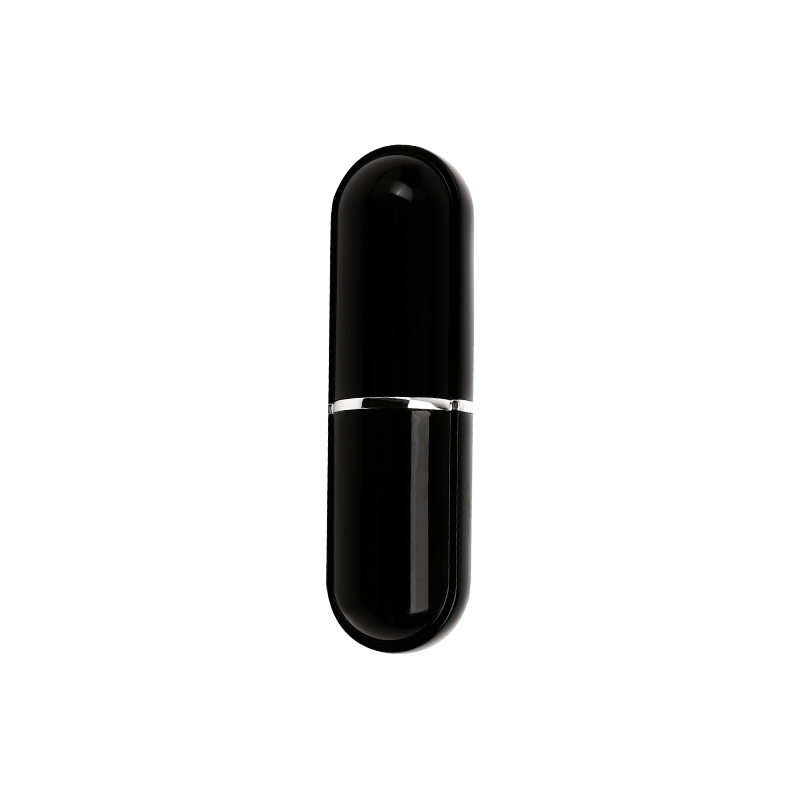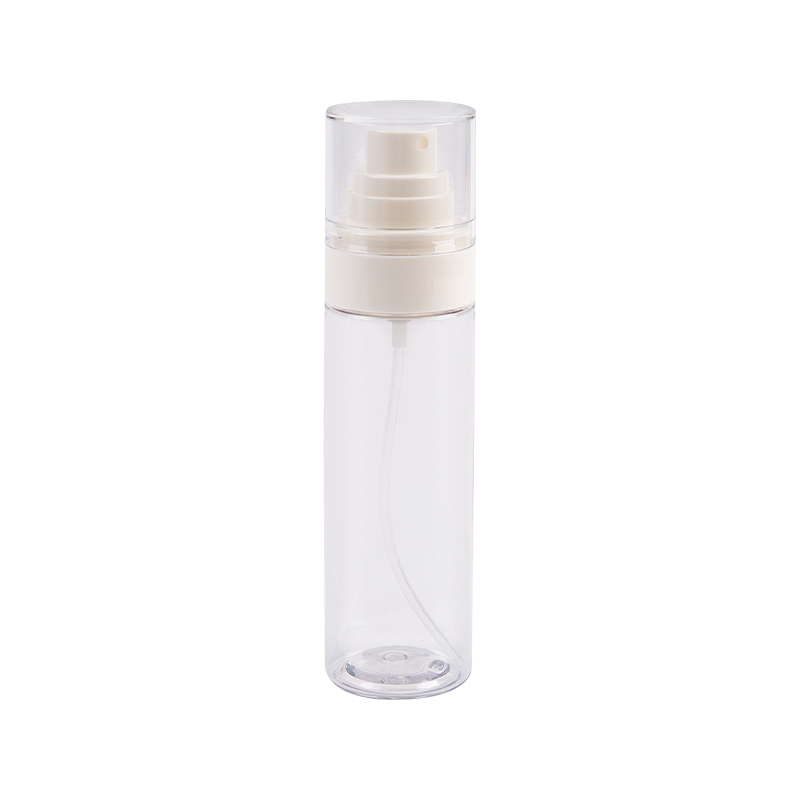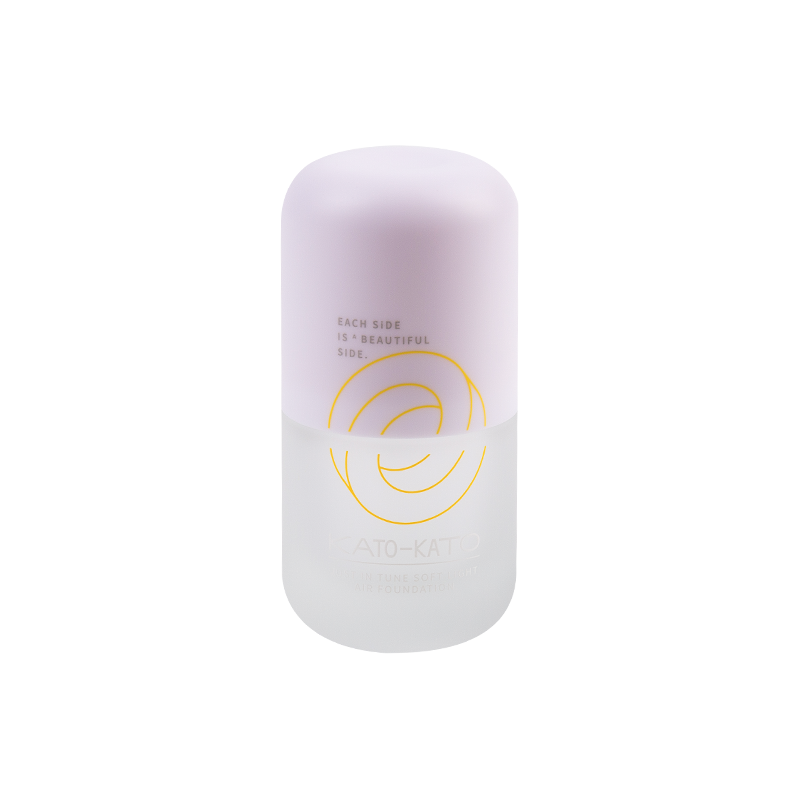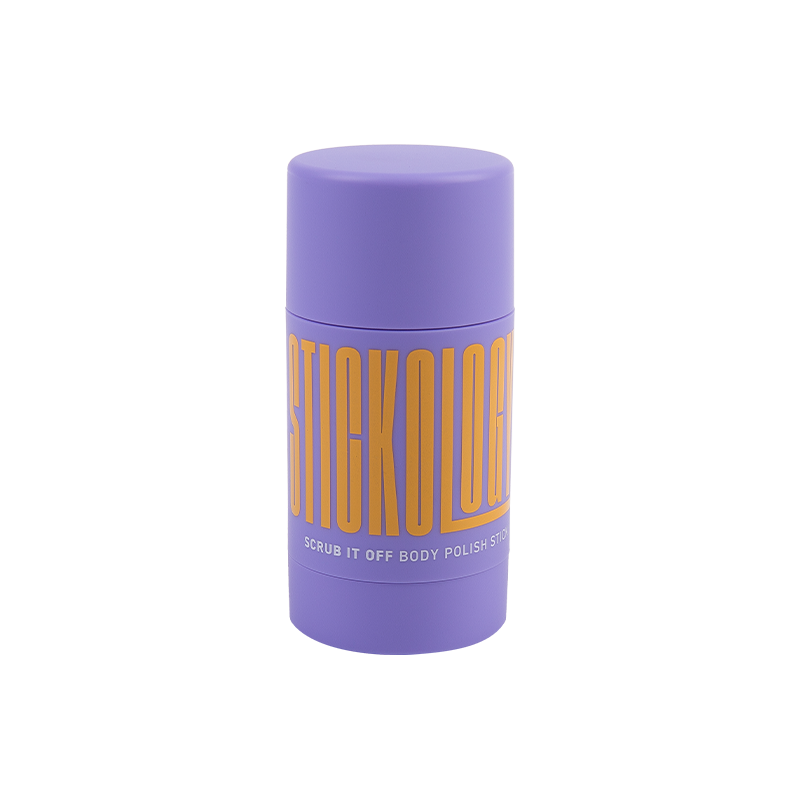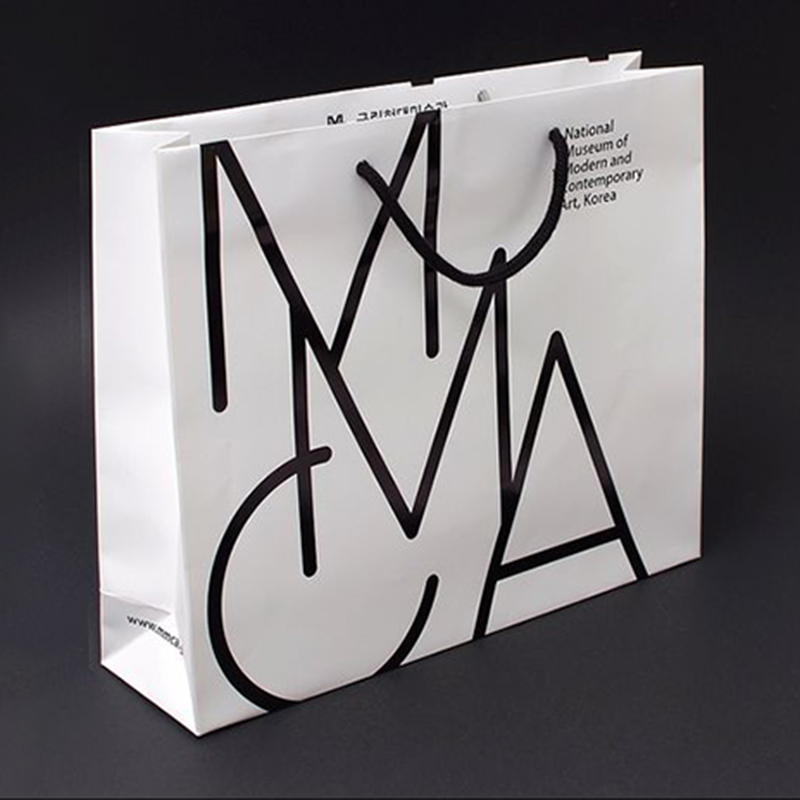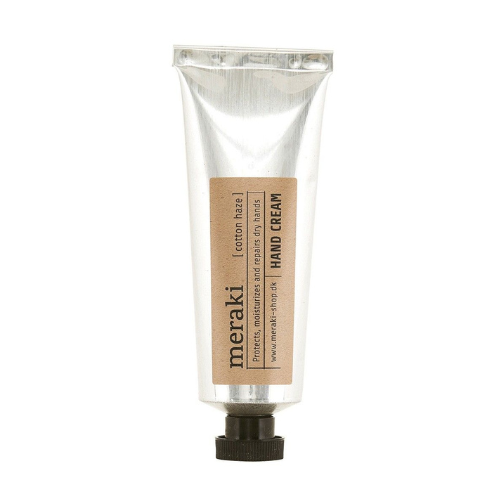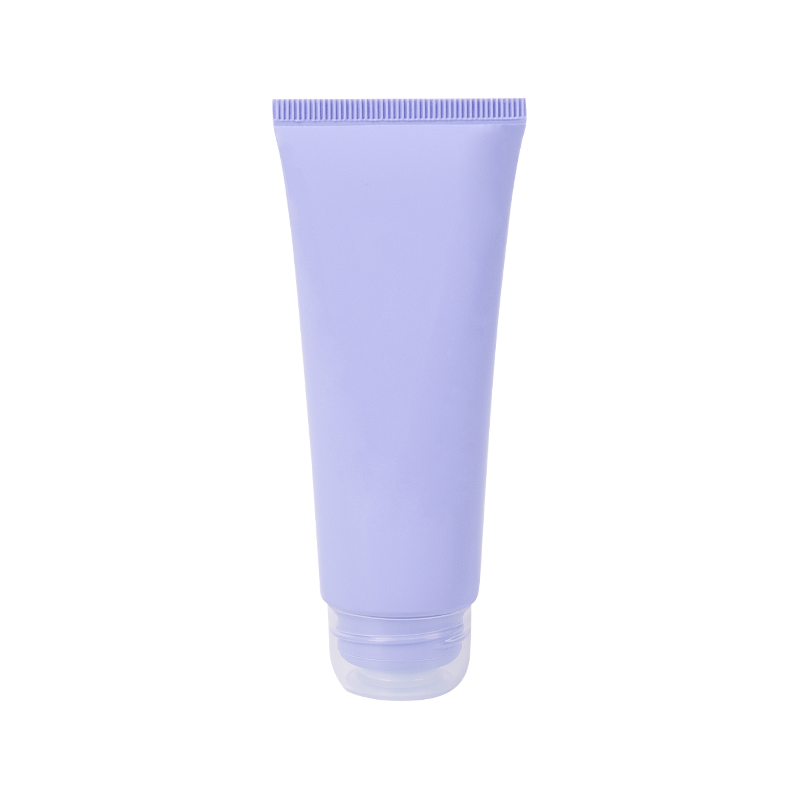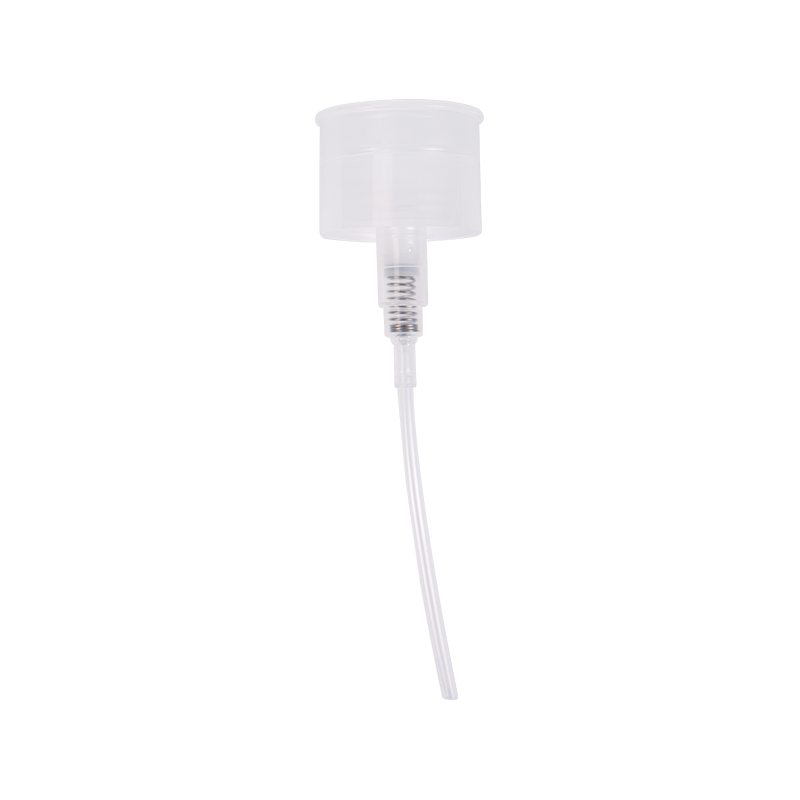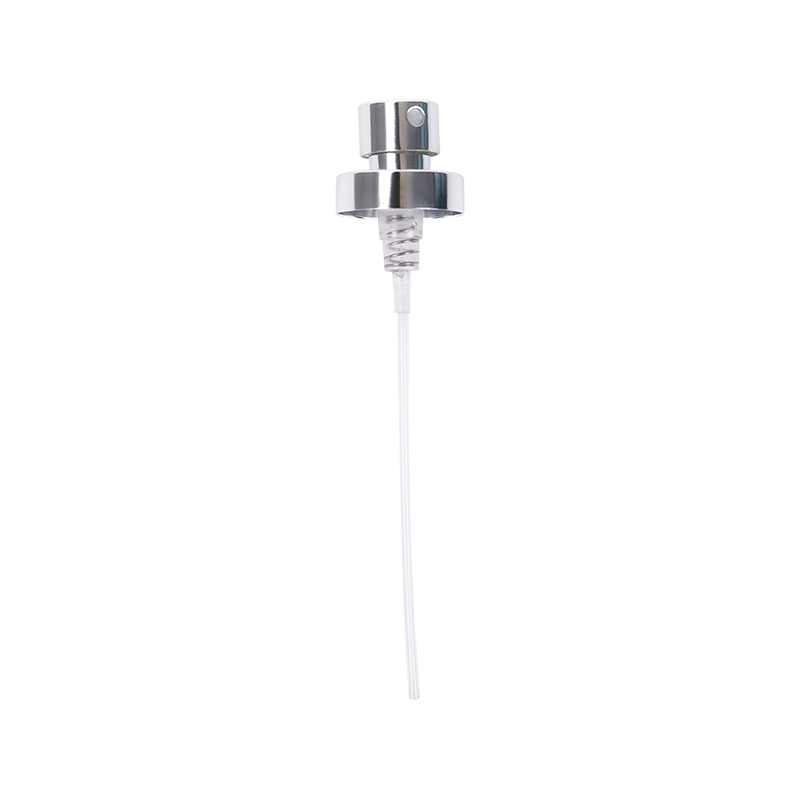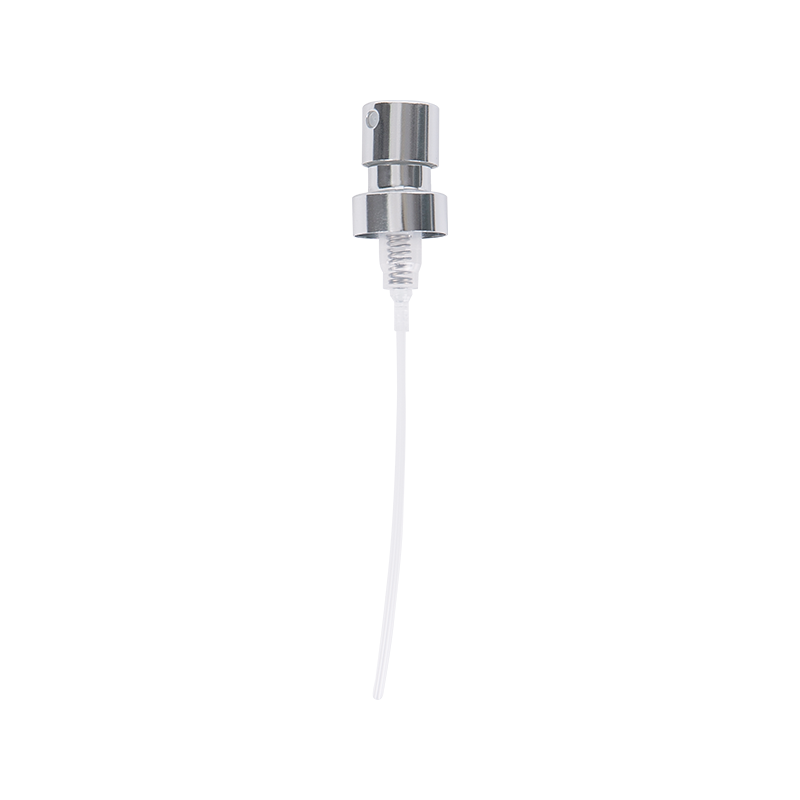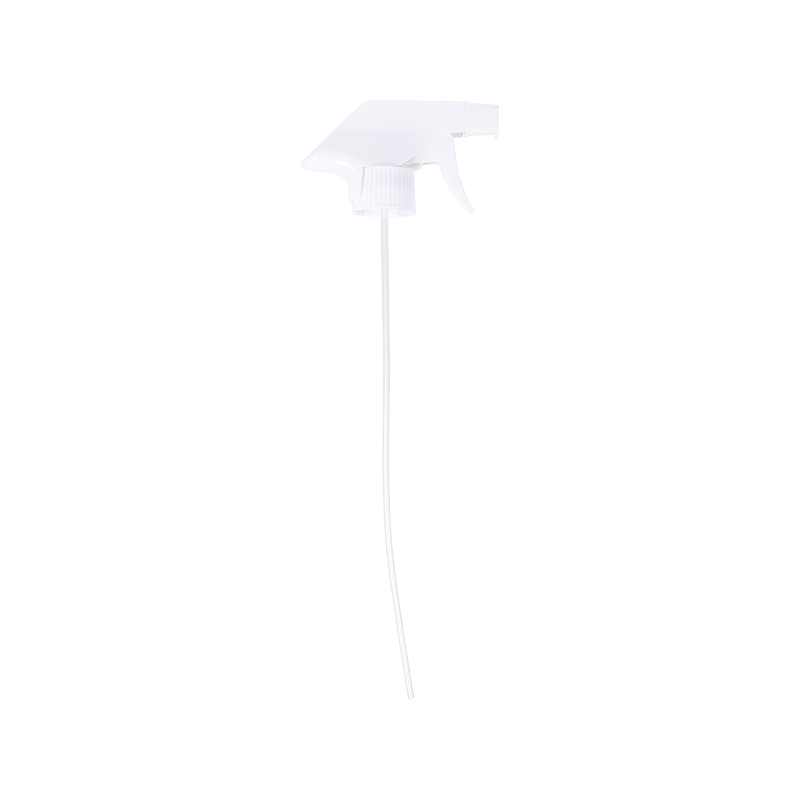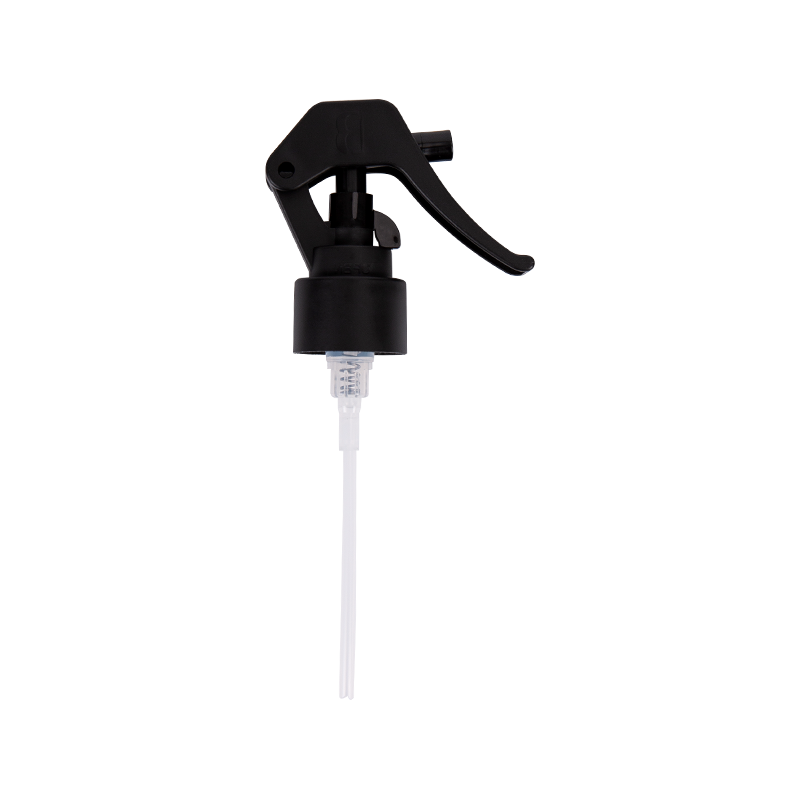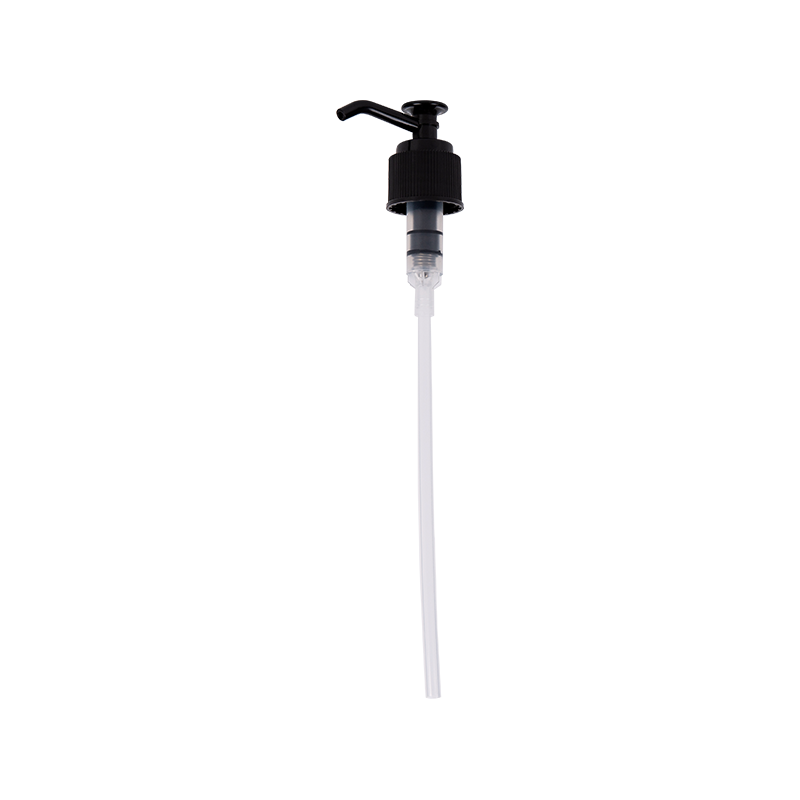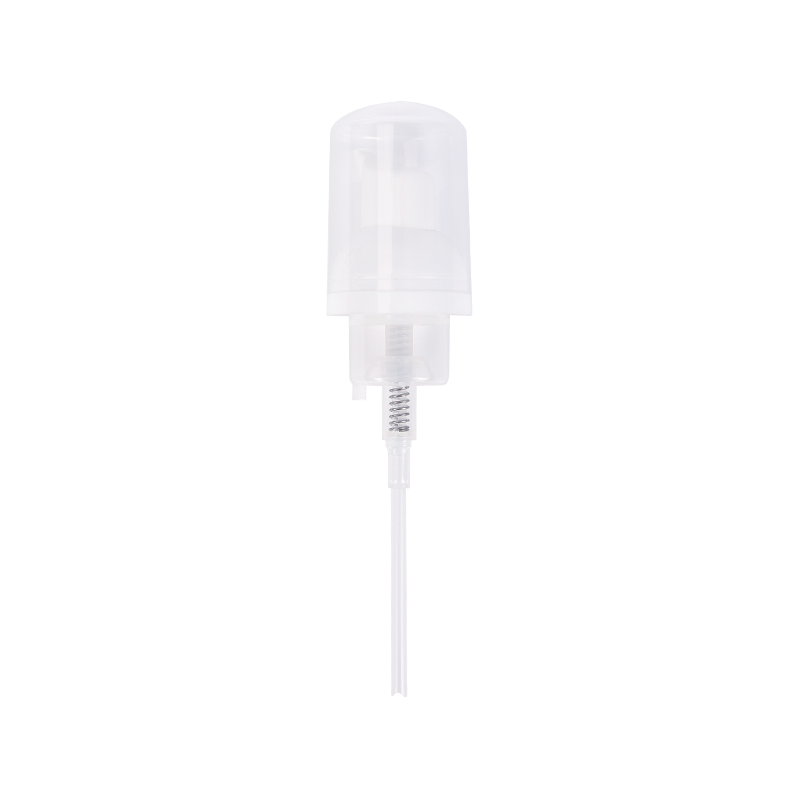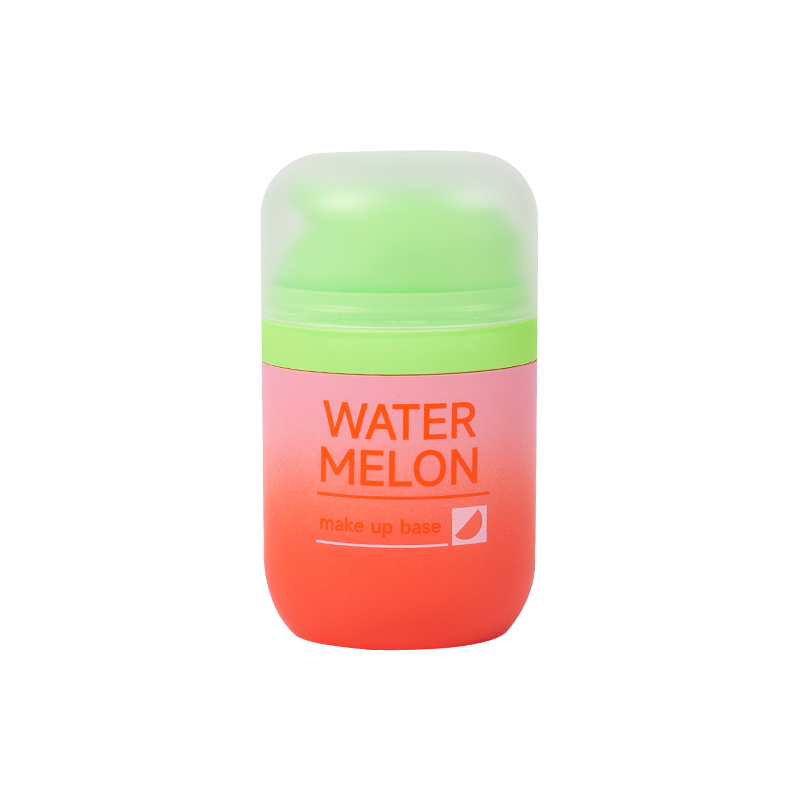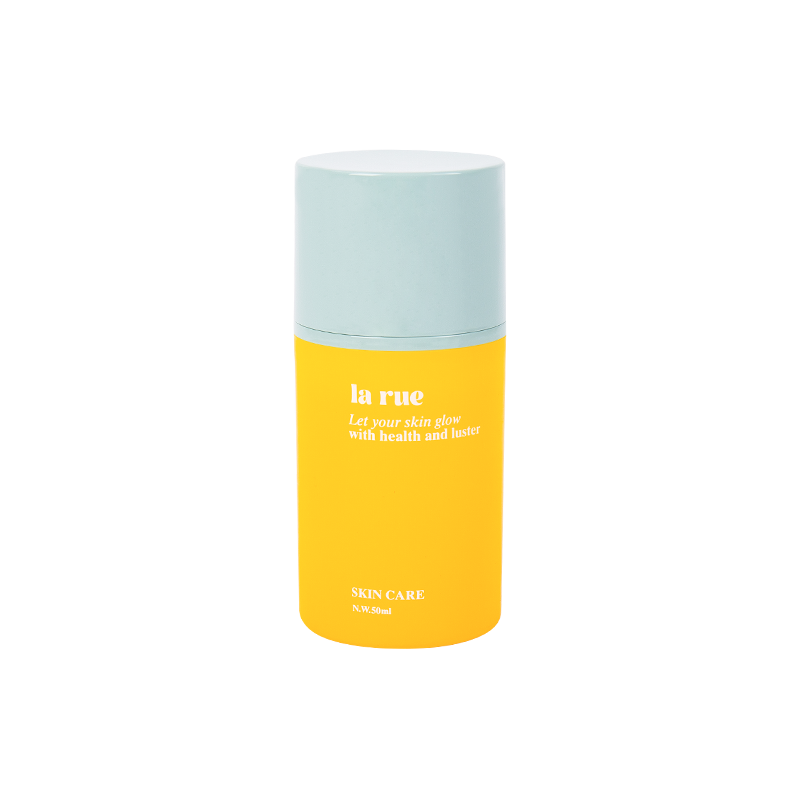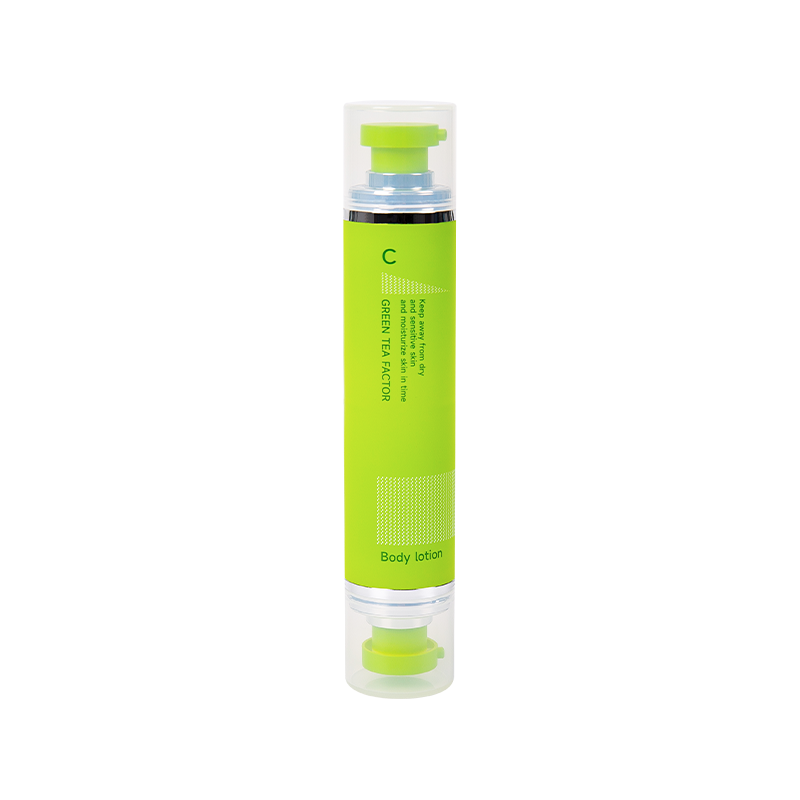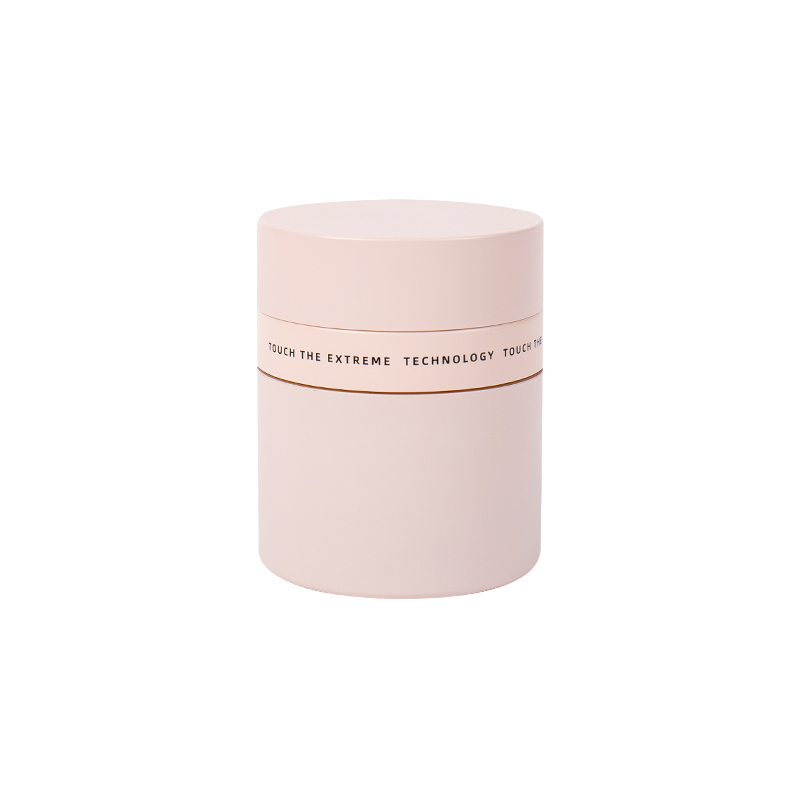Innovation in beauty packaging – the 84.9mm Black Lip Balm Lip Gloss Lipstick Capsule. Crafted with precision and elegance, this capsule is designed to elevate your lip care and cosmetic products to n...
What is a Perfume Sprayer?
A perfume sprayer, often referred to as a perfume atomizer, perfume pump, or simply a spray bottle, is a specialized device designed to dispense liquid fragrance as a fine, even mist. This method of application is the standard for most modern perfumes and offers significant advantages over older methods like dabbing or pouring.
Components of a Typical Perfume Sprayer:
- Bottle/Container: This is the primary vessel that holds the liquid perfume. It's usually made of glass (to maintain the integrity of the fragrance and prevent chemical reactions) or high-quality plastic.
- Dip Tube (or Syphon Tube): A thin, clear plastic tube that extends from the pump mechanism down to the bottom of the perfume liquid inside the bottle. Its purpose is to draw the liquid up.
- Pump Mechanism (The Atomizer): This is the heart of the sprayer. It's a complex assembly, usually made of plastic and metal components, including:
- Piston: A moving part that creates pressure and suction.
- Spring: Provides the force to return the piston to its original position after actuation.
- Valves (Check Valves): Small one-way valves that control the flow of liquid into and out of the pump chamber.
- Pump Chamber: A small reservoir where the liquid is temporarily held before being dispensed.
- Actuator/Nozzle (Spray Button): This is the part you press down on. It contains a tiny orifice (hole) through which the perfume is expelled as a mist. The size and design of this orifice are crucial for creating the desired spray pattern.
- Collar/Cap: The collar secures the pump mechanism to the bottle, and a protective cap often covers the nozzle to prevent accidental sprays and protect the opening from dust.
How a Perfume Sprayer Works (The Atomization Process):
The process of turning liquid perfume into a fine mist is called atomization. Here's a step-by-step breakdown of how a typical pump-action sprayer achieves this:
- Pressing the Actuator: When you depress the spray button (actuator), you push down on the piston within the pump mechanism.
- Piston Downward Stroke (Suction Phase): As the piston moves down, it compresses a small spring and creates a vacuum (low-pressure area) in the pump chamber. Simultaneously, an inlet valve opens, and the pressure difference draws the liquid perfume up through the dip tube from the main bottle into the pump chamber.
- Release of Actuator (Pressure Phase): When you release the spray button, the compressed spring pushes the piston back upwards. As the piston rises, the inlet valve closes, trapping the liquid in the pump chamber. The rising piston then pressurizes this trapped liquid.
- Forcing Through the Nozzle: The high pressure forces the liquid through the tiny, precisely engineered orifice in the nozzle. Due to the very small opening and the rapid change in pressure, the stream of liquid is broken up into incredibly tiny droplets, forming a fine, uniform mist.
- Atomization: These microscopic droplets are then propelled out of the nozzle, distributing the fragrance over a wide area.
Why Sprayers Are Superior:
- Even Distribution: The fine mist ensures that the fragrance is applied uniformly across the skin or clothing, preventing concentrated patches and ensuring a balanced scent experience.
- Reduced Waste & Longevity: Atomization uses minimal liquid per spray, making your perfume last considerably longer compared to pouring or dabbing.
- Hygiene: Sprayers eliminate direct skin contact with the perfume in the bottle, preventing contamination of the product.
- Controlled Application: Users can easily control the amount of fragrance applied, from a light spritz to a more generous application, simply by adjusting the number of sprays.
- Prevention of Evaporation: The sealed nature of the pump mechanism and the tight-fitting cap minimize the exposure of the perfume to air, significantly reducing evaporation and preserving the fragrance's potency and lifespan.
- Portability & Convenience: Modern perfume bottles with integrated sprayers are designed to be user-friendly and often compact enough for travel or carrying in a bag. Refillable travel atomizers are also popular for decanting larger bottles.
In summary, a perfume sprayer is an ingenious invention that transforms a liquid into a delicate mist, making the application of fragrance efficient, hygienic, and aesthetically pleasing.



 中文简体
中文简体